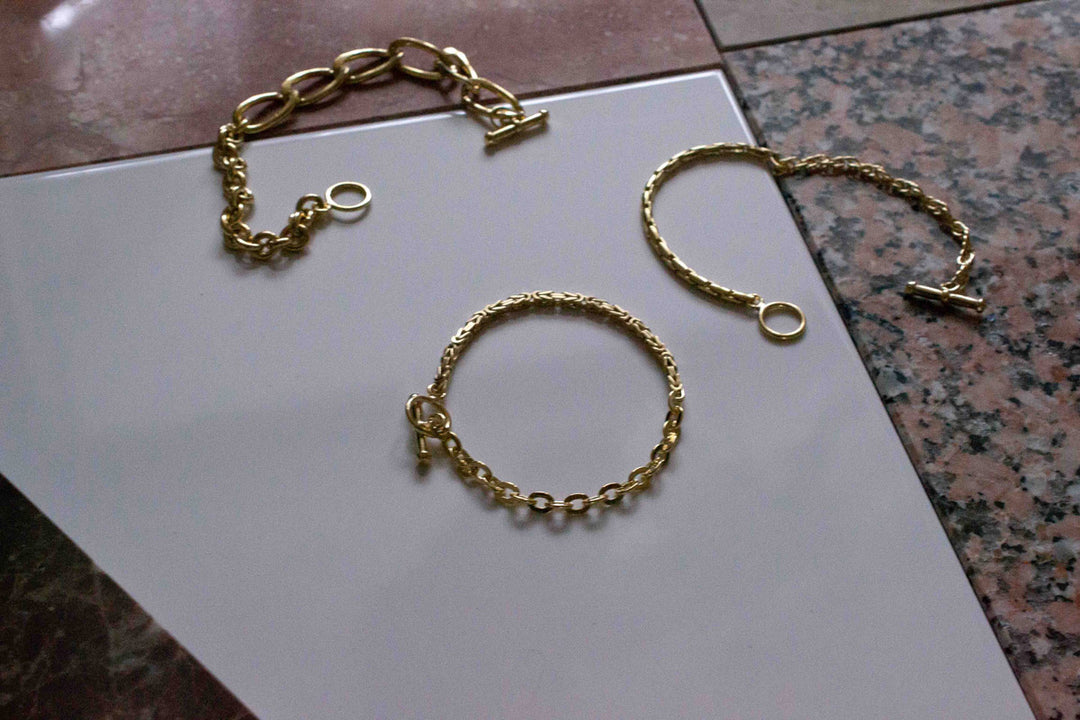Studio favourites: Brutalism
“More than the music of the Beatles, more than the photographs of David Bailey, the films of Antonioni, or the fashion of Carnaby Street, the architecture of the 1960s gives me a taste of the joy felt by so many at the fast-developing, ever-freer world of that most exciting of decades.” – Barnabas Calder
Before our new Silversmith collection of solid silver cufflinks, cuff bracelets and tie bar was called the Silversmith collection, we always referred to it as the Brutalist collection. Inspired by cubic forms and concrete structures, the Alice Made This team spent many wet wintery days walking around London, admiring the National Theatre and the Barbican buildings to name a few. Although Brutalist architecture is often considered one of the more polarising movements, we are drawn to its honest rawness - the foundations of our designs.



Following the Second World War architecture was unadorned and utilitarian. The post-war period was dedicated to getting the country back on its feet and providing enough schooling and housing for the baby boom generation. Alongside this, cheap energy meant that steel and concrete were readily available, and because rooms could now be run cheaply regardless of their size and shape, buildings no longer had to be dictated by their function. From this society came buildings of sublime scale and robust details.
What started as the rebellion of art architecture under conditions of post-war poverty, little hierarchy and rationing became the core of Brutalism under the rising wealth and falling energy costs of the 1960s.
Barnabas Calder notes how “architecture is present everywhere and is used by everyone, yet at the same time is the least understood of the major arts...the more recent structures that so many people use every day are perceived simultaneously as being banal in their ubiquity, and as being too intimidatingly technical to understand...No style is as routinely victim to such adverse stereotypes as Brutalism.” The lofty edifices in concrete and glass that we walk past every single day are somehow less appealing and less appreciated than the landmarks we take the time to marvel on holiday.



Granted, Brutalism does not represent the colourful quality of Gaudi or the ostentation of a palace, but it speaks directly from history. It represents a time of growth and rejuvenation, showcasing the materials and the techniques that went into making it. When all these factors are considered, Brutalist structures can evolve from being threatening blocks of concrete to artistic examples of skilled construction.
Like our new Silversmith collection, Brutalist buildings are born from their materials and their processes. We may have used solid silver instead of concrete and cement, but our pieces still offer the solid geometry and cubism of their architectural inspirations. A Brutalist landscape refined into precise accessories.










